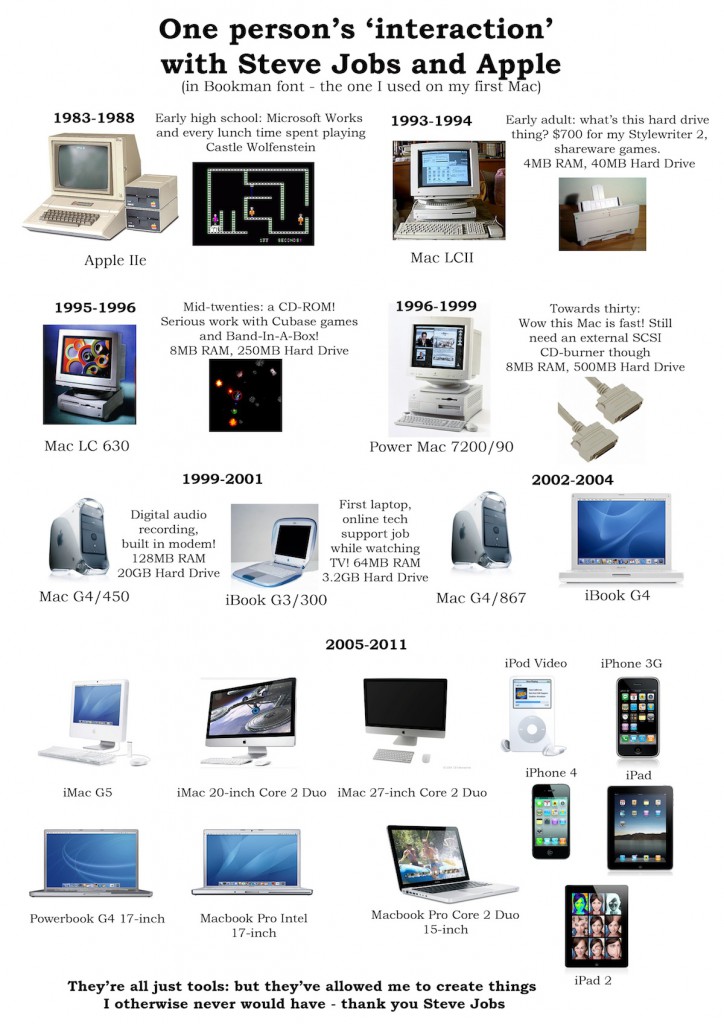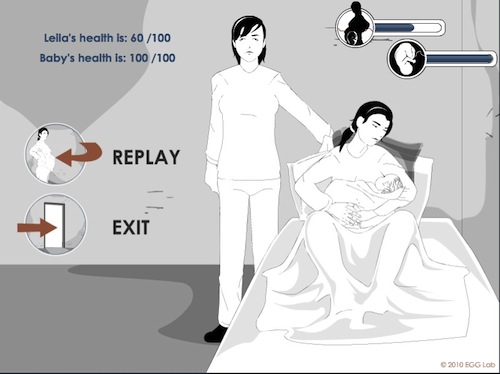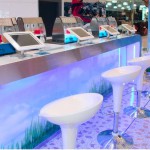As the months go on I get more and more excited by the whole 3D printer thing. If you’re not aware of them, 3D printers actually allow you to create objects directly. Once they hit consumer affordability levels, watch for some of the super cool things that emerge alongside the endless pile of crap most of us will create.
One such example on the cool side of the equation is this ball that contains 36 cameras. Have a look for yourself:
So imagine: in five years time, most of us will be ‘printing’ out products, possibly as advanced as these (though that may take a little longer). Do you believe it or not?
[via Extreme Tech]






Recent Comments